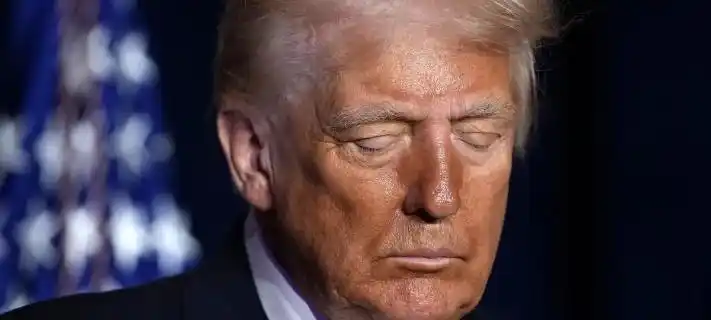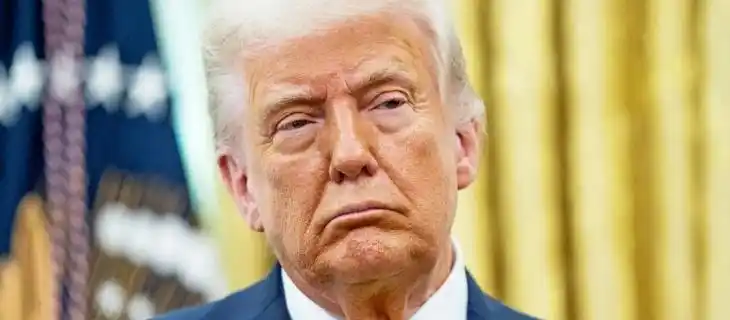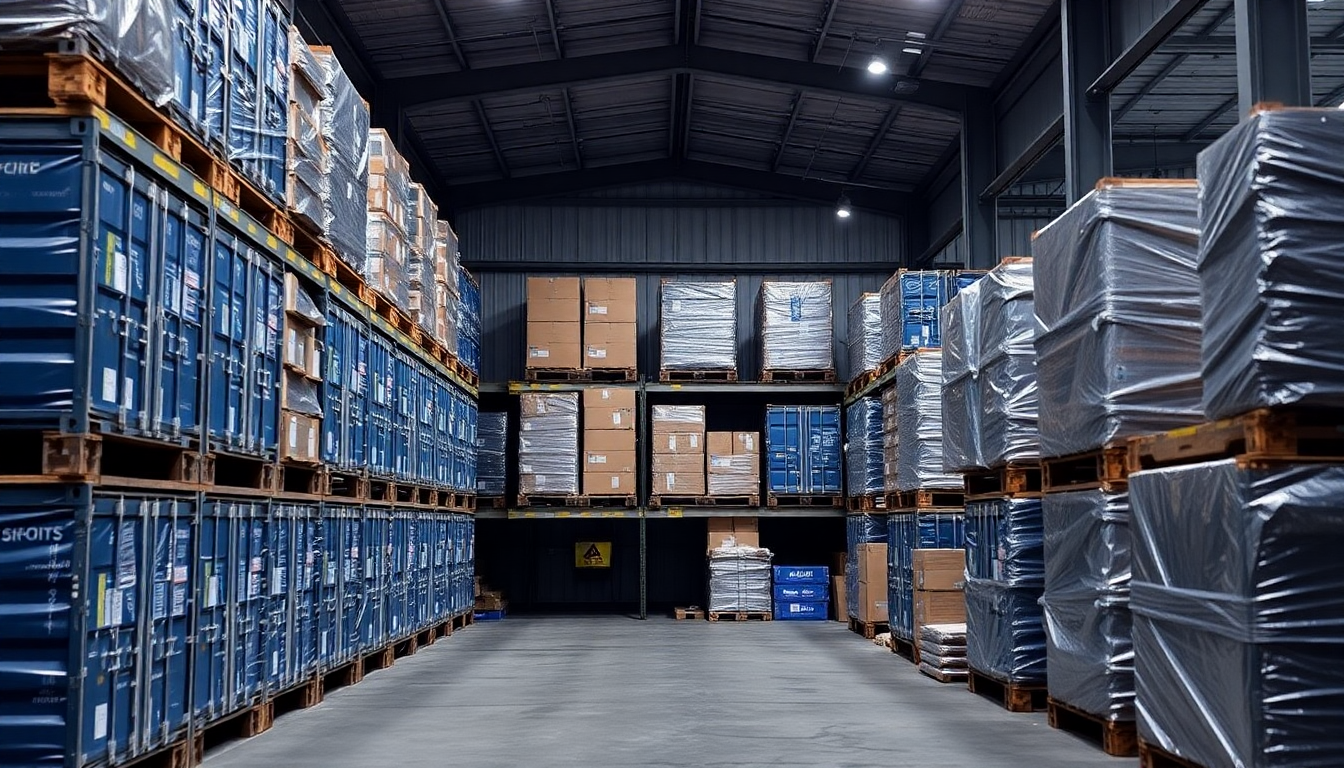Trump Predicts U.S.-China Trade Deal Amid APEC Summit Talks
In a recent press briefing on October 22, Chinese Foreign Ministry spokesperson Guo Jiakun responded to questions about U.S. President Donald Trump’s claim that Washington and Beijing are likely to reach a trade agreement during the upcoming APEC Summit. However, Trump also mentioned that the two leaders might not meet face-to-face at the event.
Guo emphasized that head-of-state diplomacy plays an irreplaceable role in guiding China-U.S. relations, adding that both leaders have maintained close communication. “Regarding the specific issue you mentioned, I have no information to provide at the moment,” Guo said.
Trump’s Visit to China: Diplomacy or a “Trade Performance”?
In recent days, Trump has been at the center of international attention once again. While the APEC Summit in South Korea is just warming up, the former president has already made headlines by declaring that he plans to visit China in early 2026, claiming that it’s based on a “formal invitation from Beijing.” His tone was firm, as if his tickets were already booked.
Interestingly, China’s response was calm and cautious. The Foreign Ministry simply noted that it had “no information to share at this time.” That understated reaction effectively cooled Trump’s dramatic announcement.
But behind this diplomatic theater, there’s a clear strategic calculation. Trump’s sudden enthusiasm for visiting China isn’t a random decision—it’s driven by domestic economic pressure and political needs.

Agricultural Pressure and Political Calculations
Since May, China has significantly reduced soybean imports from the U.S., directly impacting the Midwestern farm states that form the backbone of Trump’s voter base. In Iowa and other agricultural states, farmers have voiced growing frustration as unsold soybeans pile up in storage. Their message to Washington has been simple and direct: “Sell the beans!”
Facing this grassroots pressure, Trump understands that restoring agricultural exports is crucial if he wants to secure votes in the next election. Therefore, his talk of a potential U.S.-China trade agreement may be less about diplomacy and more about a “trade mission” aimed at economic relief.
Reports suggest that his proposed negotiation agenda includes two key points:
- Resuming China’s purchase of American soybeans.
- Easing China’s export restrictions on rare earth materials.
In return, Trump said he would “consider lowering tariffs.” That word—consider—is carefully chosen. It signals flexibility while keeping the leverage firmly in his hands.
Taiwan Remarks and Political Signaling
Of course, Trump knows that trade alone won’t grab global headlines. To add some political drama, he touched on the Taiwan issue, saying he doesn’t believe China would “invade Taiwan.” He even hinted that the topic could be discussed with Chinese leaders at the APEC Summit.
At first glance, his remarks seem mild. However, they reveal an attempt to use Taiwan as a bargaining chip in broader trade negotiations—a risky move that misreads China’s position.
Beijing’s response was clear and firm: the Taiwan question is purely China’s internal affair and not open for foreign interference. In essence, the message was: “This matter has nothing to do with you. Don’t overstep.”
Rare Earths and Strategic Resources
Trump’s urgency also reflects another concern: China’s control over rare earth exports. When China tightened export controls in October, Washington grew nervous. After all, rare earth elements are the “vitamins of modern industry.” Without them, many high-tech products—from smartphones to fighter jets—would grind to a halt.
China dominates more than 90% of the global rare earth supply, which gives it substantial influence in this strategic sector. Trump even threatened to halt Boeing aircraft parts if China restricted rare earth shipments—a dramatic but largely symbolic move.
China, meanwhile, continues to develop its C919 aircraft and diversify supply chains, reducing long-term dependency on U.S. technology. As a result, Trump’s “plane-for-minerals” idea seems unlikely to shift Beijing’s stance.
What’s Next for the U.S.-China Trade Relationship?
Ultimately, Trump’s recent statements and gestures—from his planned China visit to his trade-related comments—fit together like scenes in a well-rehearsed political play. His goal is clear: to project the image of a strong negotiator who can revive America’s trade momentum while addressing domestic economic pain.
However, China’s position remains consistent: any dialogue must be based on equality, respect, and mutual benefit. Beijing welcomes sincere discussions, but it won’t engage in talks that resemble a bargaining game.
As the U.S.-China trade relationship stands at another crossroads, whether Trump’s proposed 2026 visit will happen still depends—perhaps not on politics—but on whether Iowa’s soybeans find their way to Chinese ports again.
GET IN TOUCH



